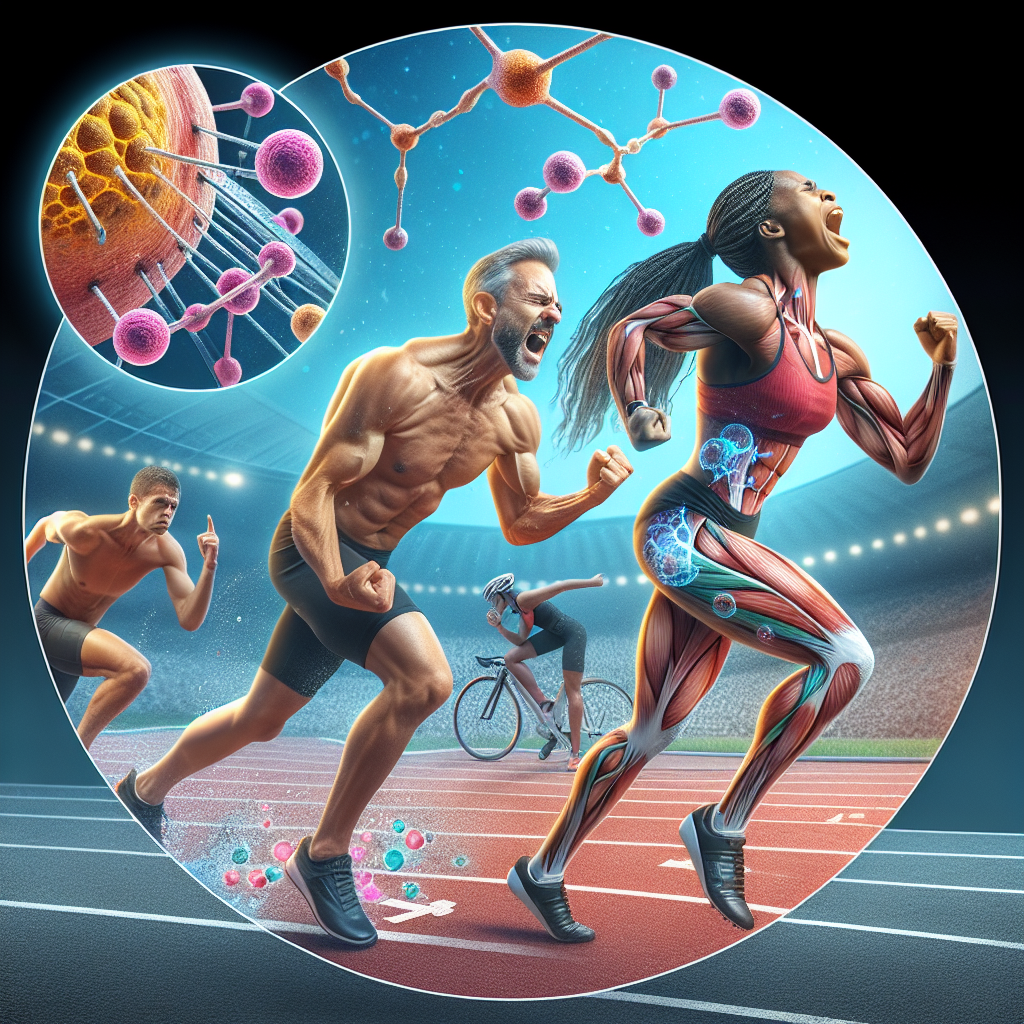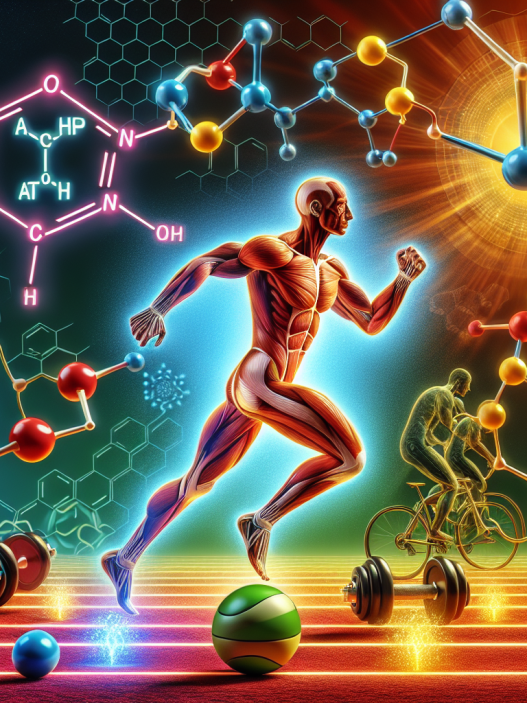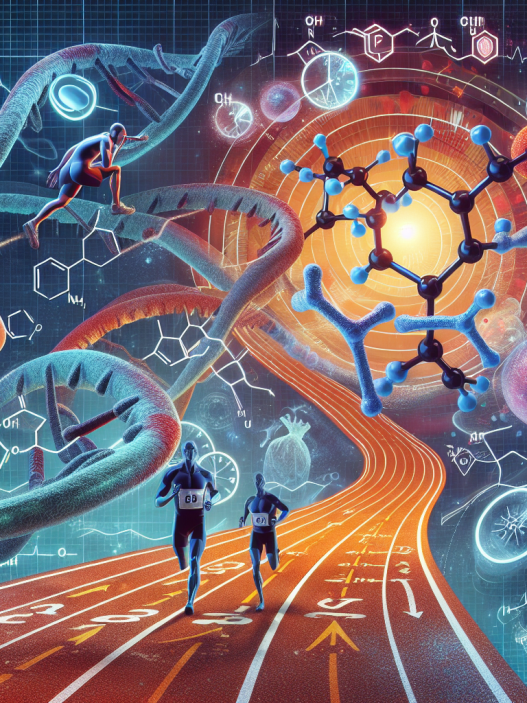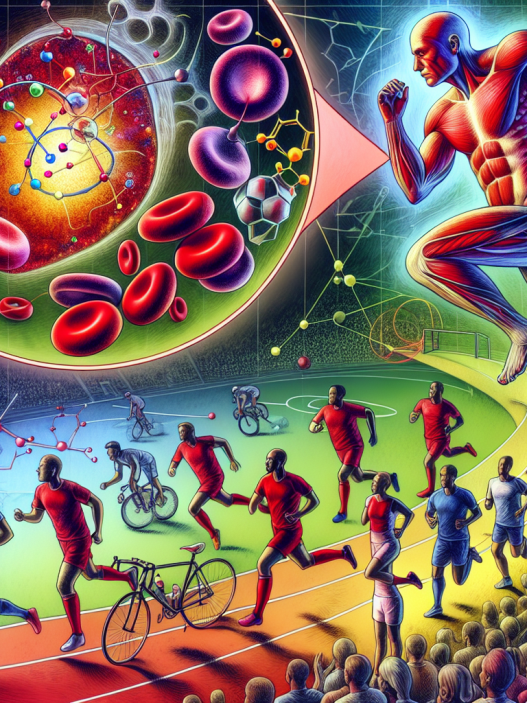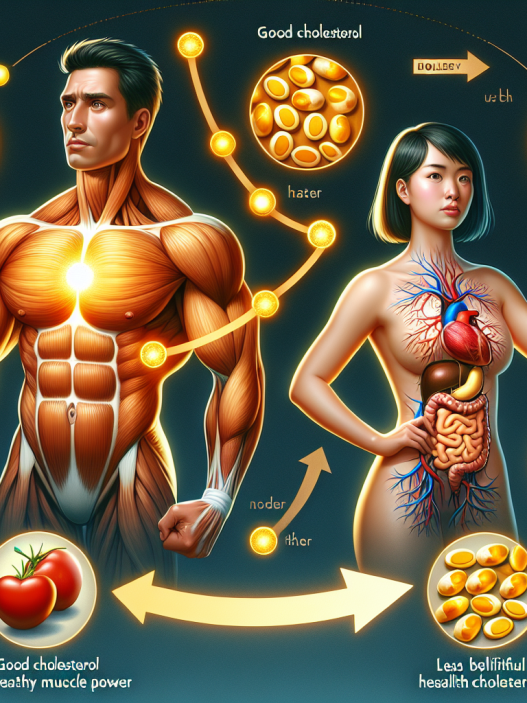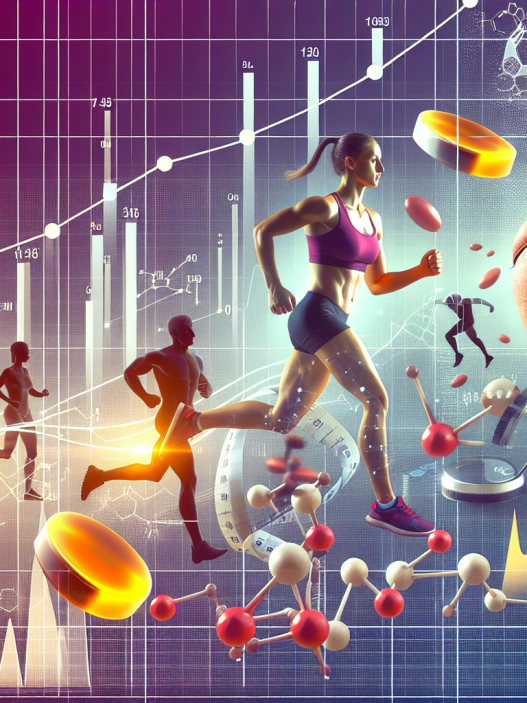-
Table of Contents
The Importance of Clomid in Post-Cycle Therapy for Athletes
In the world of sports, athletes are constantly pushing their bodies to the limit in order to achieve peak performance. This often involves the use of performance-enhancing drugs, such as anabolic steroids, to help them gain muscle mass and improve their athletic abilities. However, with the use of these drugs comes the risk of negative side effects, including hormonal imbalances and suppressed natural testosterone production. This is where post-cycle therapy (PCT) comes into play, and one of the most important components of PCT is the drug Clomid.
What is Clomid?
Clomid, also known by its generic name clomiphene citrate, is a selective estrogen receptor modulator (SERM) that is commonly used in PCT for athletes. It works by blocking estrogen receptors in the body, which in turn stimulates the production of follicle-stimulating hormone (FSH) and luteinizing hormone (LH). These hormones are essential for the production of testosterone, which is crucial for maintaining muscle mass and overall health in athletes.
Clomid was originally developed as a fertility drug for women, but it has since been used off-label for various purposes, including PCT for athletes. It is available in tablet form and is typically taken orally for a period of 4-6 weeks after a cycle of anabolic steroids.
The Role of Clomid in PCT
After a cycle of anabolic steroids, the body’s natural testosterone production is suppressed. This is because the exogenous testosterone from the steroids signals to the body that it no longer needs to produce its own testosterone. As a result, the body’s natural testosterone production shuts down, and this can lead to a number of negative side effects, including decreased muscle mass, low libido, and mood swings.
This is where Clomid comes in. By stimulating the production of FSH and LH, Clomid helps to kickstart the body’s natural testosterone production. This is crucial for athletes who want to maintain their gains and avoid the negative side effects of low testosterone levels.
Real-World Examples
One example of the importance of Clomid in PCT can be seen in the case of professional bodybuilder, Rich Piana. Piana openly discussed his use of anabolic steroids and the importance of PCT in maintaining his gains and overall health. In one of his YouTube videos, he emphasized the importance of Clomid in his PCT regimen, stating that it helped him to maintain his muscle mass and avoid the negative side effects of low testosterone levels.
Another example is the case of Olympic sprinter, Ben Johnson. Johnson famously tested positive for anabolic steroids at the 1988 Olympics and was subsequently stripped of his gold medal. In an interview with Sports Illustrated, Johnson’s coach, Charlie Francis, revealed that they used Clomid as part of their PCT regimen to help Johnson recover from the effects of the steroids and maintain his muscle mass.
Pharmacokinetics and Pharmacodynamics of Clomid
In order to fully understand the importance of Clomid in PCT, it is important to look at its pharmacokinetics and pharmacodynamics. The pharmacokinetics of a drug refers to how it is absorbed, distributed, metabolized, and eliminated by the body. The pharmacodynamics, on the other hand, refers to how the drug affects the body and its mechanisms of action.
Clomid is well-absorbed when taken orally and has a half-life of approximately 5-7 days. This means that it stays in the body for a relatively long period of time, making it an ideal drug for PCT. It is metabolized in the liver and excreted in the urine.
The pharmacodynamics of Clomid involve its ability to block estrogen receptors in the body. This leads to an increase in FSH and LH, which in turn stimulates the production of testosterone. Clomid also has anti-estrogenic effects, which can help to prevent the negative side effects of excess estrogen in the body, such as gynecomastia (enlarged breast tissue) and water retention.
Benefits of Clomid in PCT
Aside from its role in stimulating natural testosterone production, Clomid also offers a number of other benefits in PCT for athletes. These include:
- Preventing muscle loss: By maintaining testosterone levels, Clomid can help to prevent muscle loss during the post-cycle period.
- Improving libido: Low testosterone levels can lead to a decrease in libido, but Clomid can help to restore healthy testosterone levels and improve sexual function.
- Reducing estrogen-related side effects: As mentioned earlier, Clomid has anti-estrogenic effects, which can help to prevent estrogen-related side effects in athletes.
- Boosting mood: Low testosterone levels can also lead to mood swings and irritability, but Clomid can help to improve mood and overall well-being.
Expert Opinion
According to Dr. Harrison Pope, a leading expert in the field of sports pharmacology, “Clomid is an essential component of PCT for athletes using anabolic steroids. It helps to restore natural testosterone production and prevent the negative side effects of low testosterone levels.”
Dr. Pope also emphasizes the importance of proper dosing and monitoring when using Clomid in PCT. “It is important to work with a healthcare professional who is knowledgeable about PCT and can help to monitor hormone levels and adjust dosages accordingly,” he says.
Conclusion
In conclusion, Clomid plays a crucial role in post-cycle therapy for athletes using anabolic steroids. Its ability to stimulate natural testosterone production and prevent the negative side effects of low testosterone levels makes it an essential component of PCT. With proper dosing and monitoring, Clomid can help athletes to maintain their gains and overall health, making it an invaluable tool in the world of sports pharmacology.
References
Francis, C. (1989). Speed Trap: Inside the Biggest Scandal in Olympic History. Sports Illustrated.
Johnson, B. (2017). Rich Piana talks about Clomid. YouTube.
Pope, H. G. (2016). The Anabolic Steroid Handbook. CRC Press.






